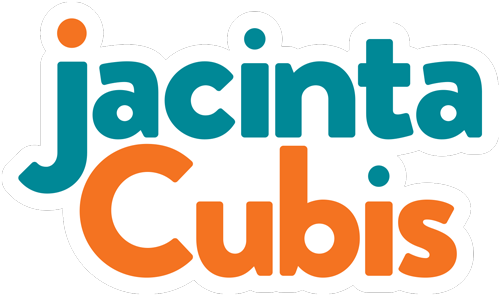What bees and chickens can teach us about collaboration
Just when you think you know a bit about collaboration, you learn something new from bees and chickens.
If bees can do it, we can do it. So said the Dalai Lama earlier this year . Cooperate, that is. Work together and collaborate.
His Holiness observed that without constitutions or moral training, bees cooperate to survive, despite the occasional tiff.
By contrast:
“Human beings…have constitutions, complex legal systems, and police forces; we have remarkable intelligence and a great capacity for love and affection. Yet, despite our many extraordinary qualities, we seem less able to cooperate.”
These extraordinary qualities have a ‘shadow’ or downside. I think it is because we are human that we find collaborating challenging. It’s not just people trying to work together. It’s personalities, egos, moods, hang-ups and insecurities. Lack of confidence, uncertainty, the imposter syndrome, fear of looking stupid and a dread of conflict. It’s diverse backgrounds, interests and styles.
And that’s just what’s going on inside our heads. There’s a multitude of intangibles that affect our ability to collaborate. Trust, respect, communication and authenticity, to name a few.
I believe that most of us want to collaborate, but sometimes we get stuck on how. Just like the education sector workers whose industrial disputes former Judge Jim Tamm used to mediate in California.
“These were good people,” Jim says in his 2015 TEDx talk, Cultivating Collaboration: Don't Be So Defensive! “They cared about public education.”
“They didn’t lack an interest in collaboration. They lacked the skills.”
The resulting disputes were costing California so much money that Jim and a team of researchers set about teaching people how to be more collaborative, with outstanding results.
By focusing on people’s defensiveness, conflict was reduced by almost 70% in a hundred different organisations over several years. This saved the state a huge amount of money lost in strikes. Not to mention the improved working lives of the education employees and the long-term educational benefit to the school students under their care.
Rather than bees, Jim turned to chickens for inspiration. He reasoned that if chickens could learn to be collaborative, then so could people.
He was inspired by the work of Genetics Professor Bill Muir who had proven chickens could be collaborative. To cut a long story short, Muir put more cooperative chickens together to breed a distinct group of collaborative ‘green zone’ chickens. They thrived, were healthy and didn’t kill each other. Their egg count increased by 260% in one year. A great return on investment.
By contrast, the other group of competitive, attacking ‘red zone’ chickens had a much lower egg count, looked awful and murdered half their number*. The cost of not collaborating was huge.
It would be easy to dismiss the ‘red zone’ chickens as stupid. But as Jim and his team found with the organisations that they worked with, as soon as we become defensive, our thinking becomes rigid to the point where our IQ drops and “…we become stupid, like a whole room of ‘red zone’ people who can’t solve a problem.”
For Jim, it boiled down to some of the education people taking responsibility for their own defensiveness. He developed a range of tools and strategies for them to use to manage their defensiveness themselves.
Defensiveness is one behaviour that can impact on our ability to work effectively together. There are many more and I explore this with clients in my Collaborability Workout Program.
There are many things that are out of our control when we have to collaborate. Budgets, timelines and who is at the table.
What is within our control is our ability to collaborate. Jim’s education workers learnt new skills to manage their defensiveness. Other skills can also be learned to both manage equally unproductive behaviours and to foster collaborative ones. Then we can benefit from effective collaboration as much as the bees and the chickens.
*Check out Jim’s clip for the pictures of the chickens – they are worth a thousand words.
